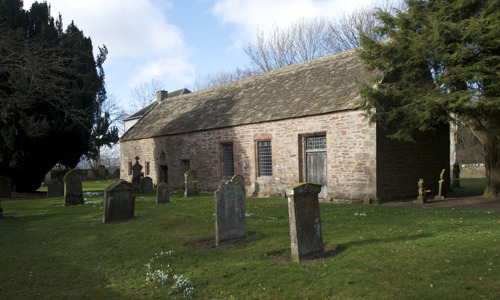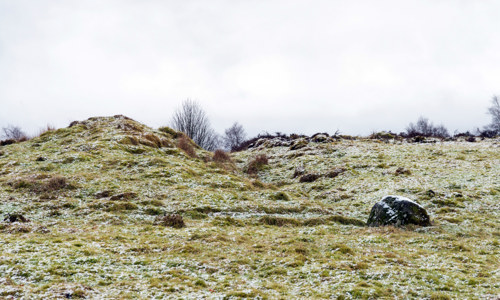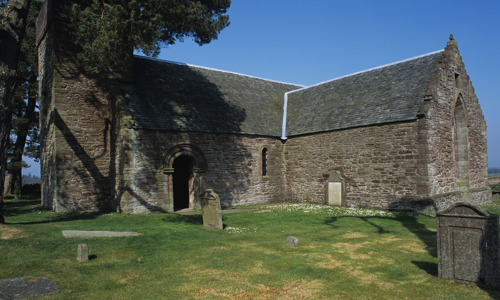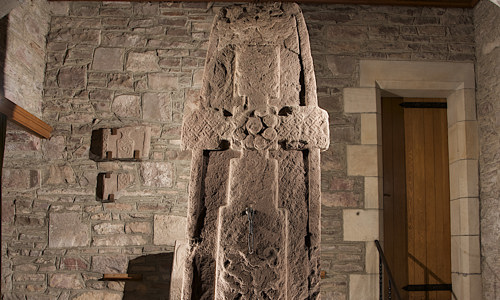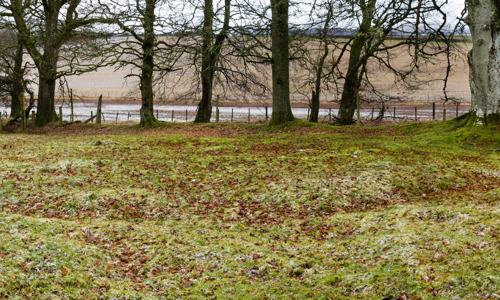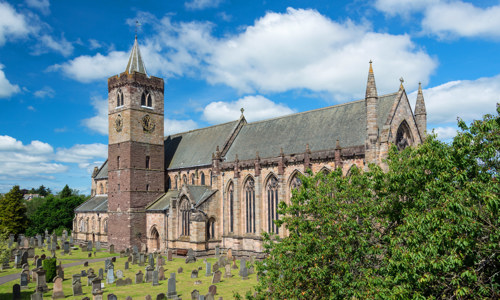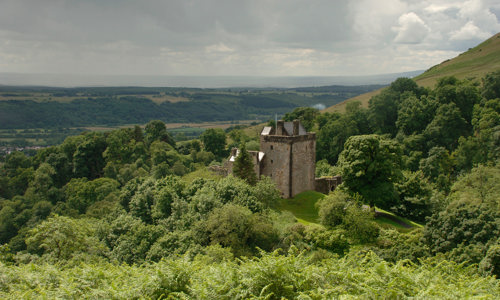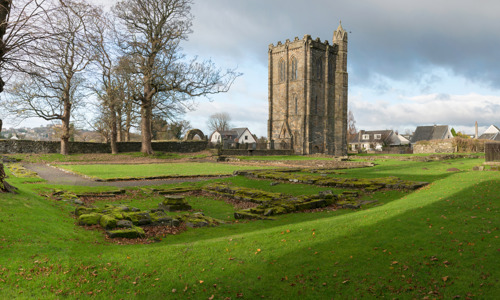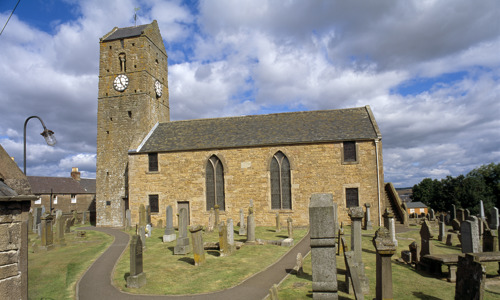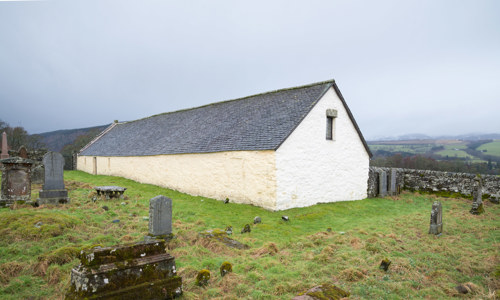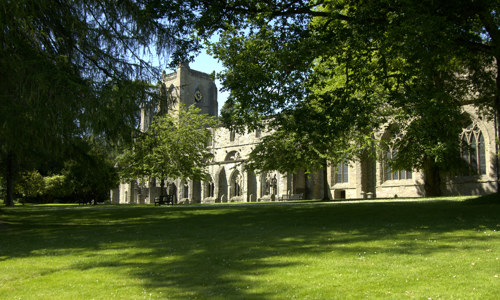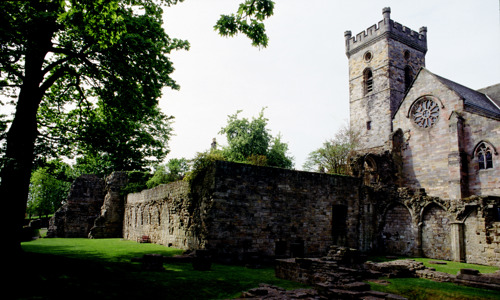History
The church at Muthill was a high-status building in the 1100s, perhaps standing in as a substitute cathedral for Dunblane.
The tower, originally free-standing, shares some features with the tower at Dunblane, notably the decorative lozenge pattern on the belfry. A similar pattern can be seen in the Dunblane tower’s altar recess, of similar date.
A small community of secular priests was established here in the later 1100s, possibly by the bishops of Dunblane. Muthill became a parish church before being granted to Lindores Abbey in 1199. The grant was contested by the Bishop of Dunblane and by the mid-1400s the revenues of the church were entirely in the hands of Dunblane Cathedral.
The body of the church dates to the 1400s. The aisles on each side of the nave and the arcade are traditionally attributed to Michael Ochiltree, Dean of Dunblane (1419–29, later Bishop of Dunblane).
The church remained in use, but was changed substantially after the Protestant Reformation of 1560. Galleries and reordered seating focused attention on the centrally located pulpit and away from the east end of the church where the altar had formerly stood.
A new parish church was built in 1826–8. Its architect, James Gillespie Graham, produced designs for the old medieval church which would convert it for an Episcopal congragation. Instead of this, a new Episcopal church was built nearby in 1836 and the old medieval church was quarried for building materials.
Remembering the dead
Several important medieval memorials survive at Muthill. These are now in the ground floor of the tower to protect them from erosion and damage, and are not accessible to visitors. Among them is an eroded double effigy, thought to be of Sir Maurice Drummond of Kincraig, who died in 1362, and his wife Ada.
Also preserved is a 1100s or 1200s cross-incised slab known as the McRobbie slab. This was once located in recess on the west side of the tower.


